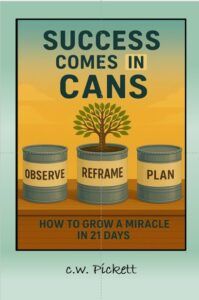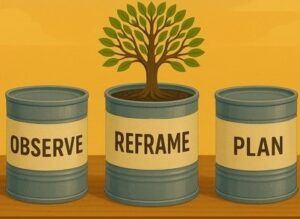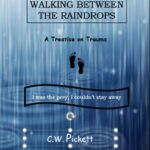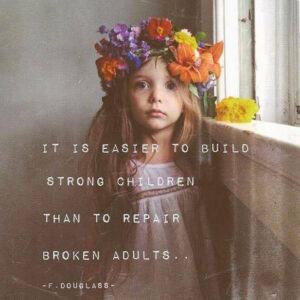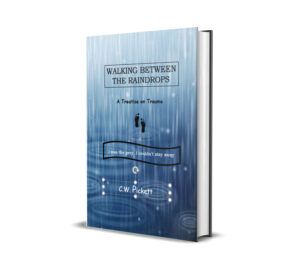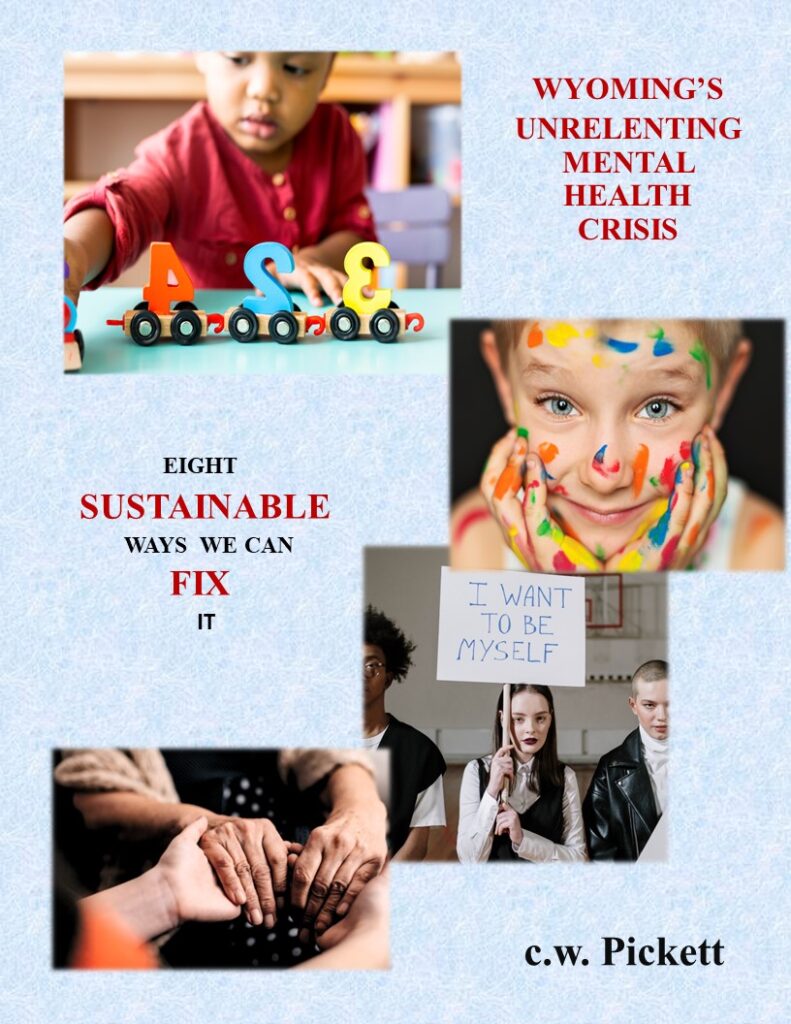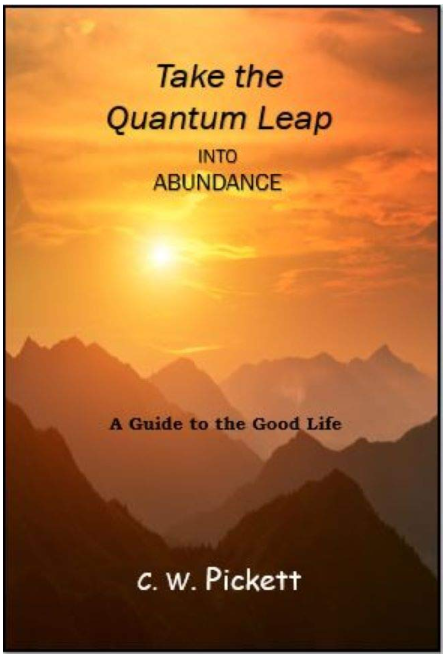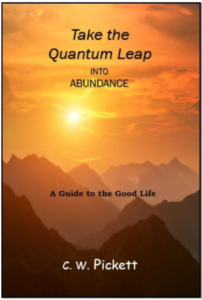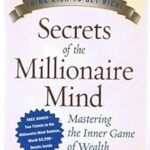 Discover 5 key millionaire mindsets from T. Harv Eker’s book that set the wealthy apart and learn how to apply them for success and abundance.
Discover 5 key millionaire mindsets from T. Harv Eker’s book that set the wealthy apart and learn how to apply them for success and abundance.
In his book – Secrets of the millionaire mindset: Mastering the Inner Game of Wealth – T. Harve Ecker outlines seventeen differences between the mindset of rich people versus poor people. T. Harv Eker is a self-made millionaire who lost his first million to bad decisions, figured out what he did wrong, and became an author and entrepreneur who in 2024 claimed a net worth of $17.4 million. If you want to know more about the millionaire mindset, you might want to read his book.
The biggest secret of a millionaires is that they don’t spend money but invest it. To live in frugality. To save more than they spend.
In today’s world when you can’t even make it through from paycheck to paycheck without dipping into your credit card to buy groceries, and I’m talking about spending less than you make.
Why Mindset matters when building wealth
Even so, no matter what your finances are at the moment, a dollar a day adds up. A saved dollar you swear never to touch, no matter what.
The truth is, anyone can become wealthy. Some millionaires drive oldcars, live in modest homes, and quietly grow wealth behind the scenes. Others lose it all, learn, and build it again.
Wealth isn’t about luck. It’s about discipline, choices, and perspective. The good new? A millionaire mindset can be learned and practiced no matter where you’re starting from.
Wealth is abundant in this world, you just have to learn how to tap into it. What you do need is a millionaire mindset. Here are five differences between wealth thinking and poverty thinking.
Sevven Millionaire Mindsets you can Adopt Today
Mindset Rule #1: Know yourself and Your Beliefs About Money
Ask yourself. How do you feel about being wealthy? Do you think rich people are greedy? SAre you resentful of their wealth? Do you believe they were born with a silver spoon in their mouth?
Let’s not talk about the greedy rich people, but about those who have a strong love affair with their money. Yes, you have to love your money. Just like you have to love your friend. Literally kiss that dollar. Think about how grateful you are for it and what it provides for you.
What in your past is holding you back from a great financial future? What are the limiting beliefs, the negative thoughts you have about money and rich people. Who influenced you in this thinking? What was their financial status? Were they rich or poor?
Get the cobwebs out of your brain. Those old thoughts, those voices from the past that tell you money is wrong, money is bad. Get rid of those people telling you really don’t want to be rich, do you? Go down that rabbit hole and figure out why you think about money the way you do and then change your thinking about it.
Action Steps: Write down three negative thoughts you have about money.
Mindset #2. Act in spite of fear.
When you were taking stock of your mindset for money that was cemented in your brain as a child, did you notice a fear factor running underneath all those thoughts? Fear isleeps, eats and lives with us. In our head. Rent free.
Living in poverty is living in fear.
It is true. Fear of taking risk. Fear of failure. Fear of not having enough.
Consider you want to save the recommended 10% before anything else. Pay yourself first. It is scary to step into unfamiliar territory. When you are struggling and not making ends meet as it is, saving 10% of your income is a scary thought! What will you do without that extra $10 out of every $100 you spend? How can you afford to live without it when you are scrimping by as it is?
Stepping out of your comfort zone is never easy. It is uncomfortable. It makes you queasy. Makes your stomach turn. Reves up your blood pressure. This is your poverty mind telling you to step back, don’t do it. Don’t save that 10%, you need it to pay your bills. What will you do if you can’t pay your bills?
Do you see how fear takes over? And the next thing you know, you’ve decided you like your comfort zone and see no reason to step out of it. This is how the anti-millionaire mindset takes over. It hits us with discomfort, with fear, and rather than dealing with that fear, we give into it.
Action Step: Start small. If you can’t save 10%, save $1 every day. Keep it in a separate account and never touch it.
Mindset #3: Commit fully to Wealth and Abundance.
My mom used to say, “Money doesn’t grow on trees.” Maybe your mom said it, too. Meaning, you have to “work hard for what you get.” A limiting belief that needs to be abolished from your mind right now! It is true, when starting a business, growing a relationship, or anything else worthwhile, you have to commit to it. But when you work hard for your money, it means it controls you. Those little green dollars dictate your life.
You must be committed to having those dollars work hard for you, not you working hard for them.
How do you do this? As you start a savings plan – even if it is only $1 a day – to be put away and never touched – you will see it grow, month by month. Once you make saving a discipline watch and your meager savings multiply, you will begin to feel that maybe this saving thing isn’t so hard after all. Commit to a rich lifestyle. What can you do to gather wealth. What daily spending habits can you change.
John Sutter and the California Gold Rush
Abundance is all around you. Your wealth is under your nose.
John Sutter found a nugget of gold that started the California Gold Rush. in 1848. After Sutter bought his property, he was out for a stroll one day and looked into the clear stream bubbling through his property. “Wait,” he said. “What is that shiny object I see in the bottom of this creek bed?” The shiny object was a gold nugget. As he investigated further, he found more gold.
The rest is history, as they say. People flocked to California to find their riches. Most of them never found it because they didn’t have the millionaire mindset. Mining for gold, as it turned out, wasn’t the way to get rich. The ones who did took advantage of the Gold Rush by offering services to the miners. Restaurants, general stores, real estate. These people supplied the gold diggers what they needed and became the staples of the communities that grew around the gold mines.
The point is, that gold had been sitting in those hills for millennia. Why didn’t the previous owner see it? What is the gold mine sitting right under your nose? Will you notice it, or will you sell your property to a more astute observer that sees the gold right away? Commit to being rich, commit to seeing abundance around you and you will see the gold in your own backyard.
Action Step: List three ways you can create income outside of your job.
Mindset #4: Possibility thinking.
My book Success comes in Cans: How to grow a Miracle in 21 Days, tells the story of Jack. He had a narrow strip of dirt next to his house that was an eyesore because it only grew weeds. He wanted to put in brick and one day, decided to tackle the job. It was a long strip and a hot day, and he had to dig out the dirt so the bricks would be level with the ground.
The neighbor came out and asked what he was doing. Jack told him, the neighbor shook his head and said “Good luck. That’s a big job!” and went off to work.
The sun was rising higher and the day was getting hotter, when Jack’s friend, Will, stopped by for a chat. He had a tractor on a trailer and was headed for a job. After a little bit of negotiation, Jack convinced Will to dig up the strip in exchange for the dirt. In no time, the job was done.
The neighbor comes home from lunch and is amazed the dirt is gone and the area is ready for the bricks. “How did you do that so fast?” he asked in surprise. “Possibility thinking,” said Jack.
Jack didn’t feel sorry for himself because he had such a large, daunting task. He considered the possibilities; the various ways he could make the job easier. While he was doing so, Will showed up.
The moral of the story is never be daunted by your task. Look at the possibilities and you will come up with a way to make your job easier.
Remember, impossible translates to I AM POSSIBLE.
Action Step: The next time you face a big task, branstorm three different ways to solve it before you start.
Mindset #5. Be bigger than your problems.
Poor people are overwhelmed by their problems. How to pay the rent, put shoes on the kids, buy enough food. Making the money stretch as far as possible.
Rich people think how they can overcome their problem. They know there is an answer (possibility thinking), they just have to find it.
Success does indeed come in cans. “I can do this.” “I can find an answer to this problem.” “I can find a way to get me out of this mess.”
Failure comes in cant’s. Once you start down that path, “I can’t ___________” (fill in the blank), you are definitely on your way to failure. Be bigger than your problems. They are just problems, and no problem is too large that you can’t handle it. It’s just the way things are.
Action Step: Write down your three biggest financial challenges. Then list three possible solutions.
MIndset #6. Manage your money wisely.
T. Harv Ecker says if you can’t manage a little bit of money, you will never be able to manage large sums. Start small. Be consistent, disciplined and patient. Managing money is not moving it from one slot to the next, hoping there is enough to go around. Managing money is moving it into slots, without the worry that there is not enough.
Money should work hard for you, not you work hard for your money. If you find yourself working at a job you hate that keeps you in poverty, then perhaps it is time to look to reevaluate your life.
Ecker says to start a Financial Freedom Account. This is where you faithfully deposit that 10% into a high-yield savings account and never touch it.
As time goes, start other accounts such as Education, Long-term Savings, Necessities, Giving.
Yes, you must give in order to receive.
It is the spirit of giving that comes back to you in kind. If you are Mingy Stingy, you will never enjoy abundance because you must share your wealth to enjoy it. Unless you want to sit in your dark room all day, shades drawn so no one can see you count your large piles of money. Sitting in your ratty chair, your dank house, friendless, because you are too afraid to part with your gold.
Not a good mindset if you want to reap the benefits of wealth. Wealth can mean having large amounts of money, but it means having large amounts of friends and people that love you. Being comfortable with yourself and your surroundings, being happy and grateful for your place in life. That is the ultimate goal of wealth.
The definition for financial freedom: The ability to live the lifestyle you desire without having to work or rely on anyone for money.
Rich people work make their money work for them, by investing in bonds, stocks, T-bills, real estate. Keep growing that nest egg and one day you will be able to do the same.
Mindset #7. Learn and Grow.
Educate yourself about how money works, how to invest, how to save. Take classes, read books, find a mentor that will teach you the ropes on how to be rich. Hang out with rich people. Copy their way of doing things. Learn how they gathered their wealth.
Rip you Rot. You must grow or you die. Wealth is about growth, about learning about yourself and how you interact in life. You become like the people you hang out with.
As Buddha said:
Do not have evil doers for friends; do not have low people for friends.
Have virtuous people for friends.
Have for friends the best of men.
WISE PEOPLE FASHION THEMSELVES
Fashion yourself to be who you want to be. People conquer the worst of times and came out on top. It just takes the mindset to do so, persistence, patience, and a strong heart.
Action Step: Begin your educational journey by reading one book, listening to a podcast or enrolling a class on how to manage your finances.

